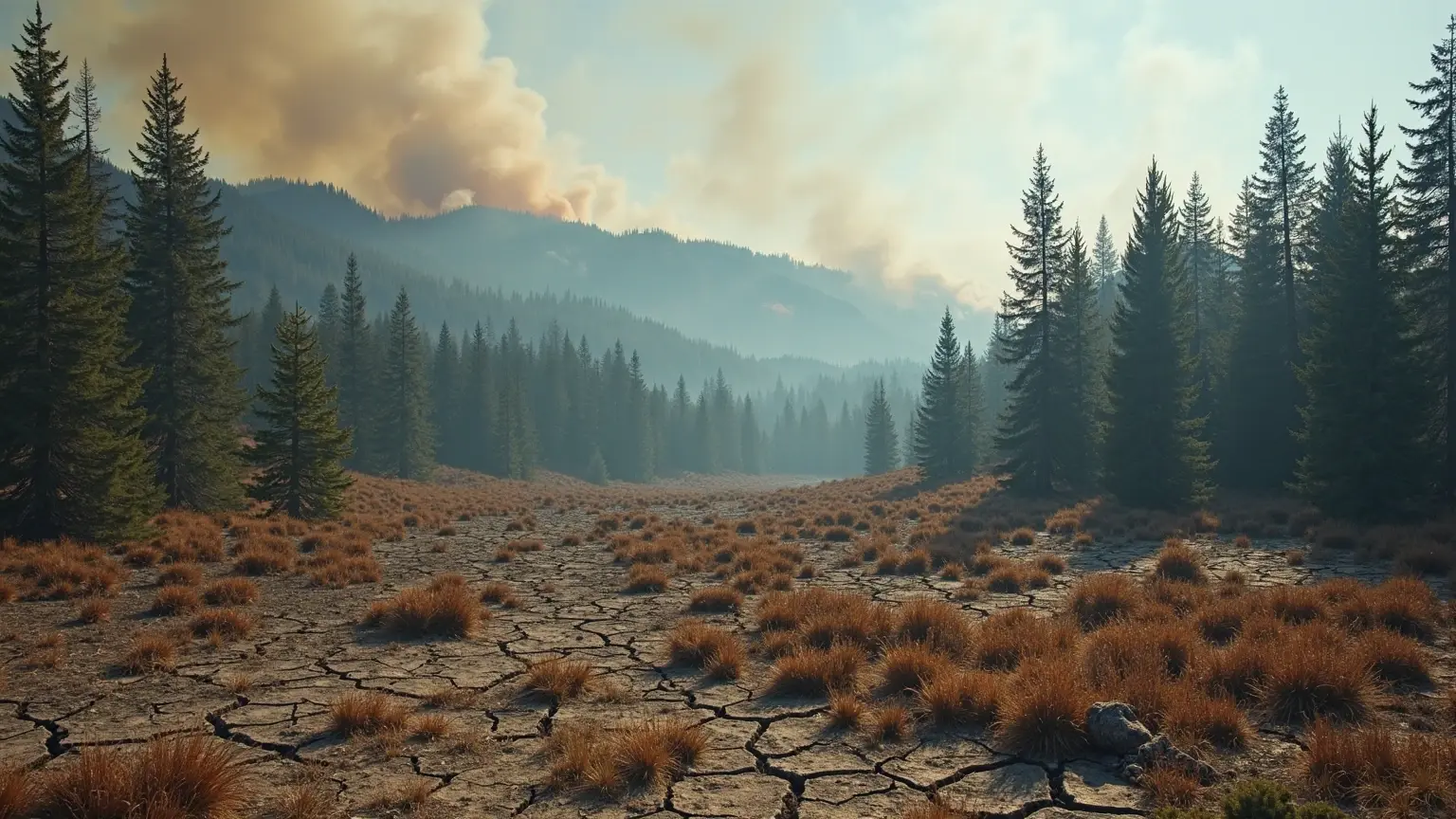Europe’s forests, once dependable carbon sinks, are faltering under mounting climate stress. Droughts, wildfires, and pests are reducing their ability to absorb CO₂, threatening the EU’s climate targets and ecosystem resilience.
Forests under siege: the science of decline
Recent satellite data and ground surveys show that European forests are absorbing nearly 15% less CO₂ than a decade ago. Prolonged droughts weaken trees’ photosynthetic capacity, while warmer winters enable pest outbreaks—especially bark beetles—to expand their range. In countries like Germany and Czechia, vast spruce forests have died off, slashing carbon storage capacity.
Spoiler
Expect carbon sink accounting to become the next battleground in EU climate law revisions, especially ahead of the 2026 midterm review of Fit for 55.
Emissions math: targets now at risk
The EU’s climate goals rely heavily on the natural carbon offset capacity of forests. According to the European Environment Agency, the declining sink effect could compromise up to 20% of expected reductions under the Fit for 55 package. Without healthy forests, more emissions must be cut from energy, transport, or agriculture—an increasingly difficult political equation.
Opinion
Europe must stop treating forests as passive climate allies. Protecting them requires proactive investment, not reactive accounting. Restoring biodiversity, managing water, and defending against fire must become core policy pillars.
From mitigation to adaptation: a shift in forestry policy
Governments are pivoting toward more resilient forest models, planting mixed-species stands and rewetting drained peatlands. Sweden and Finland are trialing adaptive silviculture practices to increase moisture retention. The European Commission has also proposed increasing funding for forest restoration under the Nature Restoration Law, though debates over land-use priorities remain heated.
Trend Analysis
Forest-based carbon credits are declining in value as buyers demand proof of long-term sink stability. EU member states now face added pressure to document forest health metrics alongside emissions inventories—a major shift in reporting norms.
Public awareness grows—but so does forest loss
Despite rising climate awareness, Europe lost 830,000 hectares of forest cover to wildfires in 2024—twice the annual average. Conservationists say public pressure is mounting for systemic change, but implementation is uneven. Forest NGOs argue that real progress depends on integrating carbon sink health into national budgets and legal frameworks.
Conclusion
As Europe’s forests lose their power to absorb carbon, climate ambitions grow more fragile. Reviving forest health is no longer optional—it’s central to environmental survival and policy credibility.
Frequently Asked Questions
- Why are Europe’s forests absorbing less CO₂?
- A combination of climate stress—drought, heat, pests—and forest degradation has reduced photosynthetic capacity and biomass stability.
- What does this mean for EU climate goals?
- With forests absorbing less carbon, the EU may fall short of its emissions reduction targets unless new mitigation efforts are made.





Expert Comment